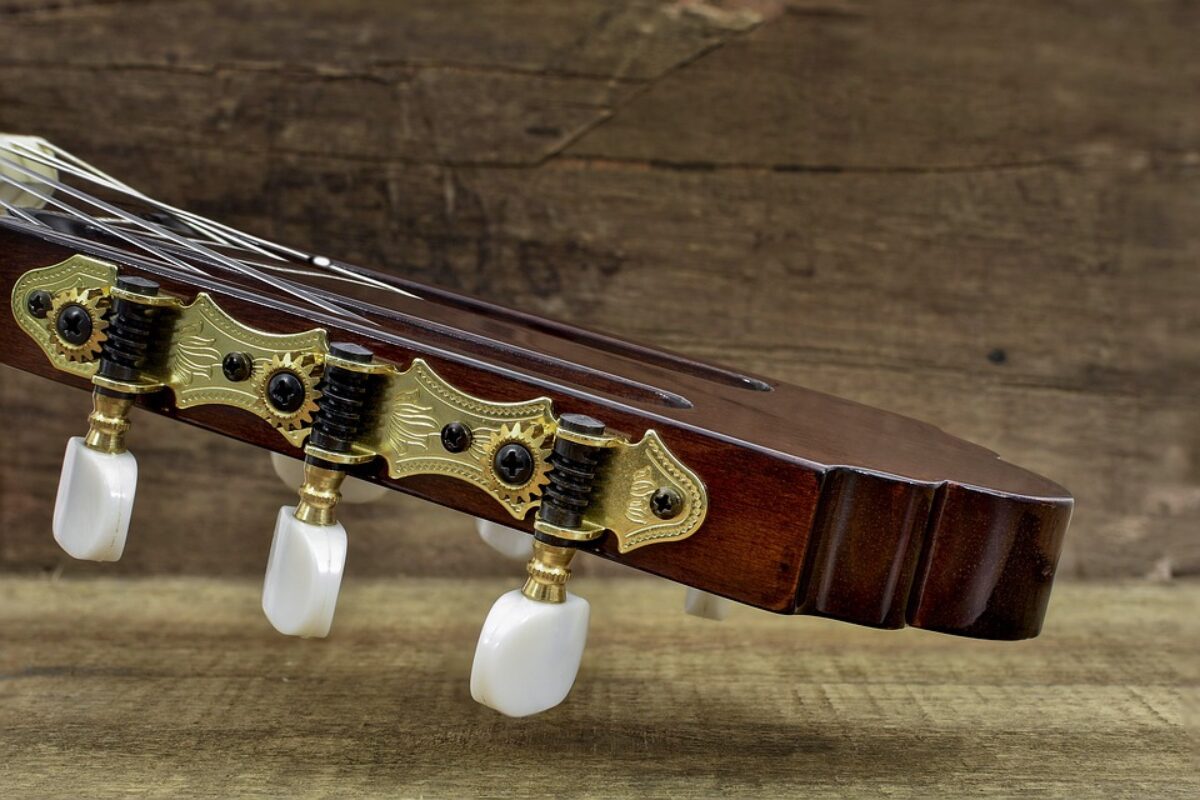Track 1 of ‘The Guitar Works of Fernando Sor” . Originally this study was titled Etude Opus 6 No. 8. In 1945 Andres Segovia reviewed the extensive collection of studies by Fernando Sor (1778-1839) and put together a set of twenty studies by Sor which he thought were important pieces for developing modern technique for the classical guitar. This study is the first of the Segovia collection. This piece highlights the use of sliding two note chords as well as the use of legatos– a technique that occurs when the left hand plays alone a series of notes by using “pull offs” and “hammers ons” without the use of the right pluck.
Click here to listen to track
